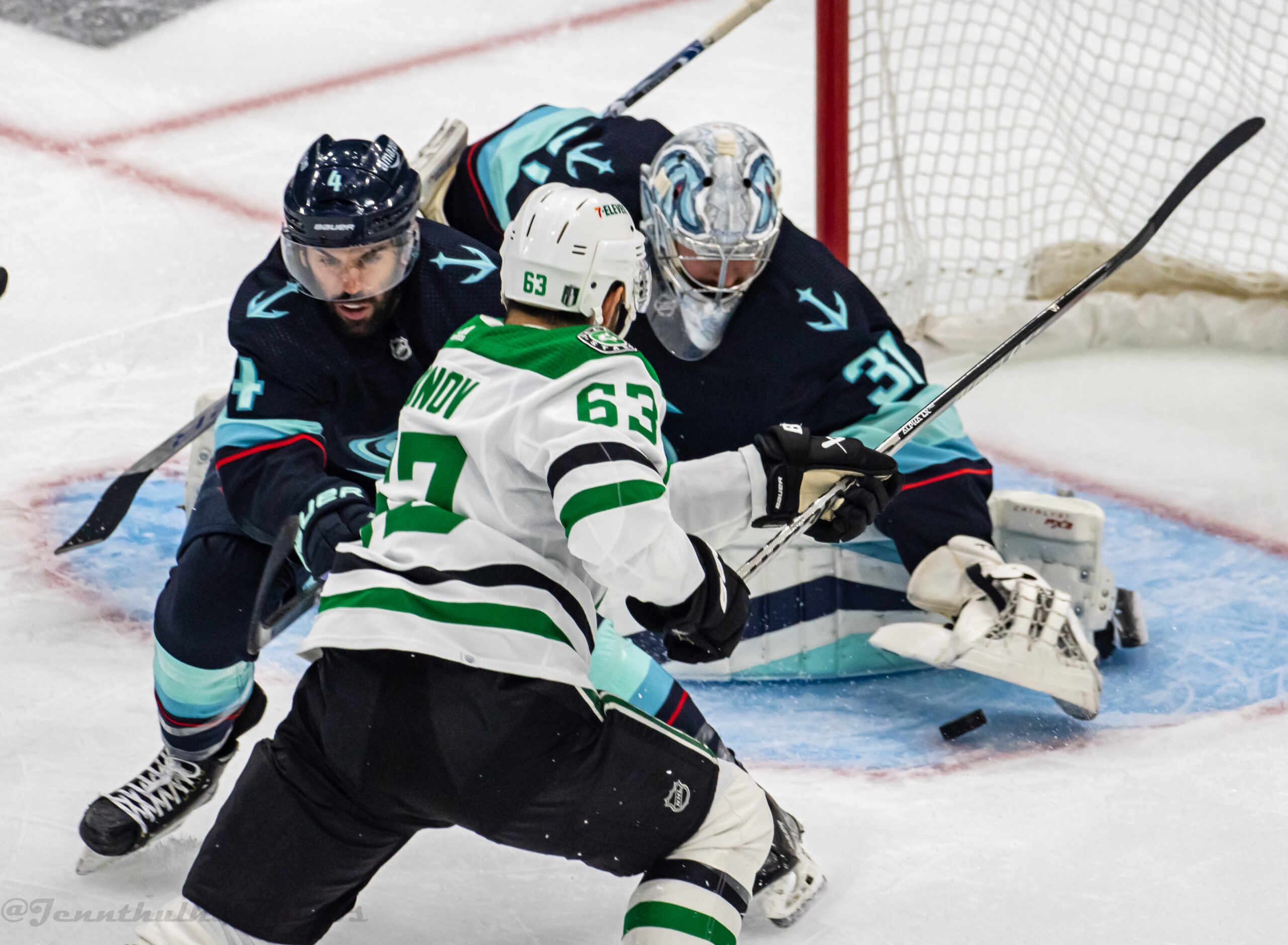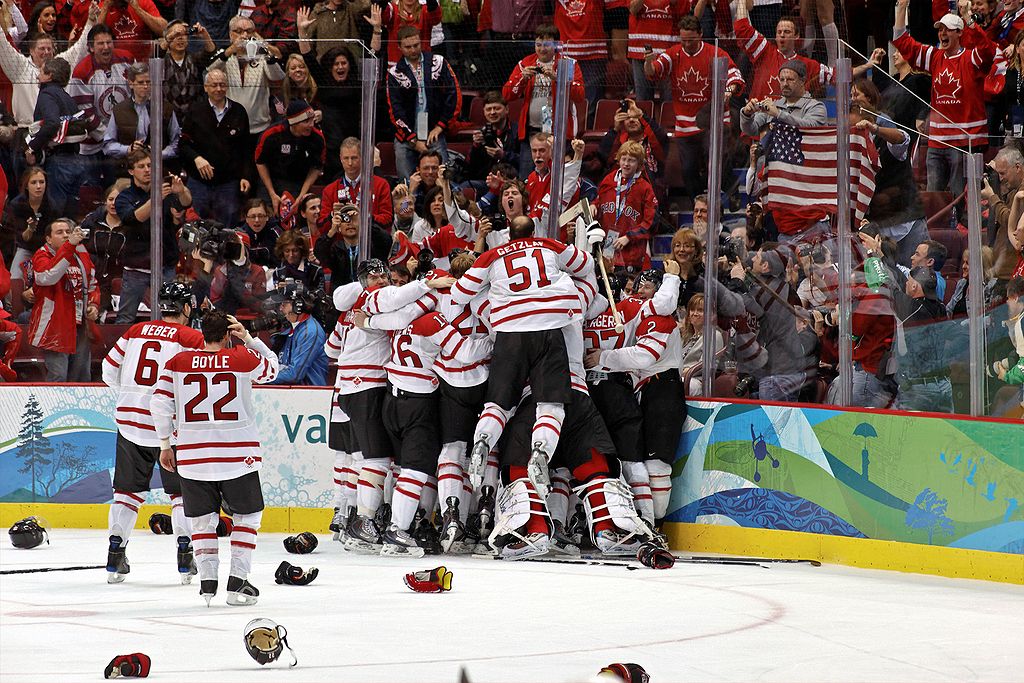As the NHL season rolls on, we are taking a look at different areas of the league’s Collective Bargaining Agreement with the NHLPA. The CBA is a huge document that outlines the terms of the employer-employee relationship between the NHL and NHLPA. It is the cornerstone governing document in unionized labor settings. For the NHL, it mandates everything from payroll to salary cap to league schedule to insurance.
Today, we are taking a look at the specific NHL contracts players may receive as provided in the NHL CBA. Specifically, we are looking at the uniformity of the NHL contracts with a deeper look into one customizable aspect. This is no-trade and no-move clauses. So let’s dive in.
NHL Contracts in the CBA
Article 11 of the CBA provides that every NHL contract signed has to follow the Standard Player’s Contract (SPC) attached to the CBA as an exhibit. It cannot be modified or amended and only certain aspects of it are customizable. It cannot be amended once agreed upon either.
Fixed and Variable Clauses
The most obvious customizable aspects of the SPC involve salary, term and bonuses. The salary and bonuses have to work within the parameters of the salary cap (a complex subject worthy of its own article). There is another aspect of the difference between a one-way and two-way contract that allows some customization that we will explore in a future article.
The term can be no longer than seven years unless the team is re-signing a player currently under contract, in which case it can be eight. A clause can be included in the SPC that provides the parameters for a loan to a non-NHL team to provide the NHL team with the ability to refrain from paying the player during the term of the loan. Such loans are subject to any international player transfer agreements.
If interested we have taken a look at some player transfer agreements with the SHL, KHL and Swiss League previously.
Other aspects of the SPC are not customizable including the boilerplate language and language related to contract termination, default, injuries, the player’s responsibility to only play hockey for the team unless given written consent otherwise, and other employment responsibilities. This is due to the very nature of the employment relationship between a labor union, the NHLPA, and the employer, the NHL. Because the NHLPA negotiates on the behalf of every player, most of the SPC remains the same for everyone.
The Contract Won’t Solve Everything on its Face
It’s important to remember that in almost any contract, not every specific situation is covered or defined. For example, teams can terminate the agreement if the player “materially breaches” the contract. But it does not really specify what a “material breach” is. We previously took a more in depth look at this issue. Likewise, there is a “force majeure” clause which provides what happens if the contract can’t be fulfilled due to circumstances out of the parties’ control. This really came into focus during the COVID seasons and we took a look at that here as well.
However, with all of the uniformity, there is actually another option for certain players to “customize” the SPC.
No-Move and No-Trade Clauses
For players that are Group 3 UFAs, they may negotiate for what are known as no-move or no-trade clauses. A Group 3 UFA includes any player who either has seven “Accrued Seasons” or is 27 years old
or older as of June 30 of the end of a League Year (See Section 10.1 of the CBA). These clauses make up one of the limited additions available to a SPC (See Section 11.13 of the CBA). Section 11.8 of the CBA provides the eligibility for these clauses and the differences.
Timing of the Essence
The team and player may enter into any SPC containing a no-trade or a no-move clause prior to the time that the player is a Group 3 UFA so long as that SPC extends through and does not become effective until the time that the player qualifies for Group 3 UFA status. One notable update in the NHL’s 2020 Memorandum of Understanding is its CBA changed the way no-move or no-trade clauses applied after a trade or waiver. Previously, the acquiring team could agree to be bound by the clause or not. But now, under the MOU, the no-trade or no-move clause always travels with the player whether traded or loaned.
One interesting aspect of the timing of these clauses is that if a player currently under a SPC enters into an extension, it is possible for the no-move or no-trade clause to take effect before the extension takes effect. If the player could have been eligible for the clause as of the immediately preceding July 1 prior to signing the SPC extension, and the team and player agree on it, the clause may be effective immediately upon registration of the extension with the Central Registry.
No-Move vs No-Trade
A no move clause provides that the player may not be moved in any capacity without his consent. This includes trades, loans to other leagues, expansion draft, or waivers. It does not, however, include buyouts or terminations of the SPC. Prior to a buyout, the team must give the player an option to be waived (*this requirement was removed for 2020).
A no-trade clause only applies to players consent being required for trades. These come in different forms and fashions as they could include full no-trade clauses, ten team no trade lists or others. Of course, with any no-trade or no-movement clause, the player could agree to waive it.
Teams Do Screw Up….Believe it Or Not
Recently, one issue arose involving the Ottawa Senators trading Evgenii Dadonov. Well actually a trade down the road that tried to move Dadonov to Anaheim from Vegas that the league vetoed.
The Senators traded Dadonov to the Vegas Golden Knights in 2021. Subsequently in 2022, Vegas attempted to move him to Anaheim. But an issue popped up. When Ottawa signed Dadonov in 2020, his SPC included a no-trade clause providing that Dadonov had the right to submit a ten team no-trade list before being traded. Ottawa failed to notify Vegas of this clause when they traded Dadonov.
Anaheim was on Dadonov’s previously submitted no-trade list. Therefore, the league decided that he could not be moved to the Ducks but that it was Ottawa’s fault for failing to notify Vegas. As a result, Ottawa has to forfeit a first round draft pick. Dadonov has since made his way to Dallas.
NHL Contracts Still Require Careful Consideration
What this shows is that no matter how “together” we think NHL teams have it, they too make mistakes. Ottawa’s mistake seems like a simple one, but alas here we are. The uniformity of the NHL SPCs reduces the risk of mistakes like this. But no-trade and no-move clauses can be a little trickier in NHL contracts since they are not in the form Exhibit to the CBA.
They are a big piece of the negotiating process when players are eligible as they give the player more control. For teams trying to attract good players, this can be a big carrot to dangle that can draw players in and/or alleviate some of the player’s ask for salary or term. But they also can handcuff teams and lead to issues if not handled carefully.
Photo by Jenn G from Seattle, WA, CC BY-SA 2.0 https://creativecommons.org/licenses/by-sa/2.0, via Wikimedia Commons




